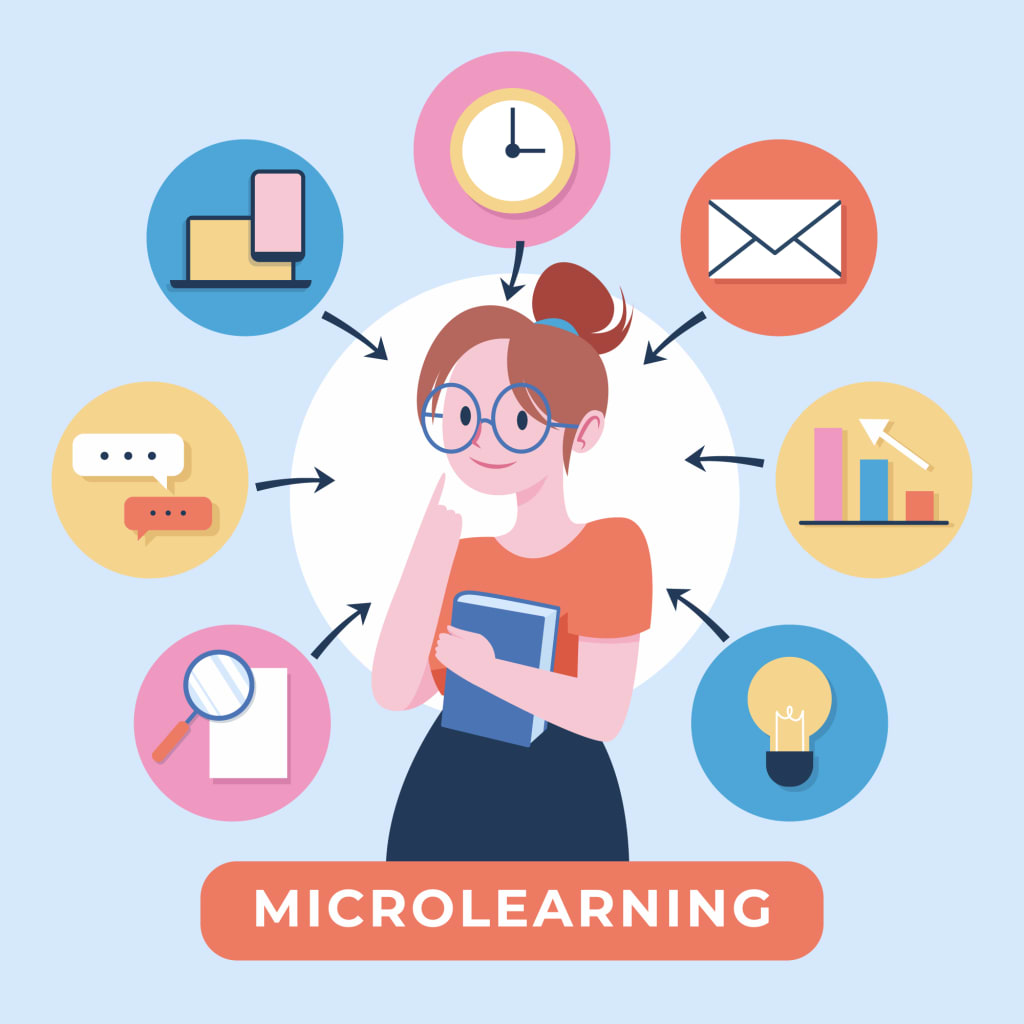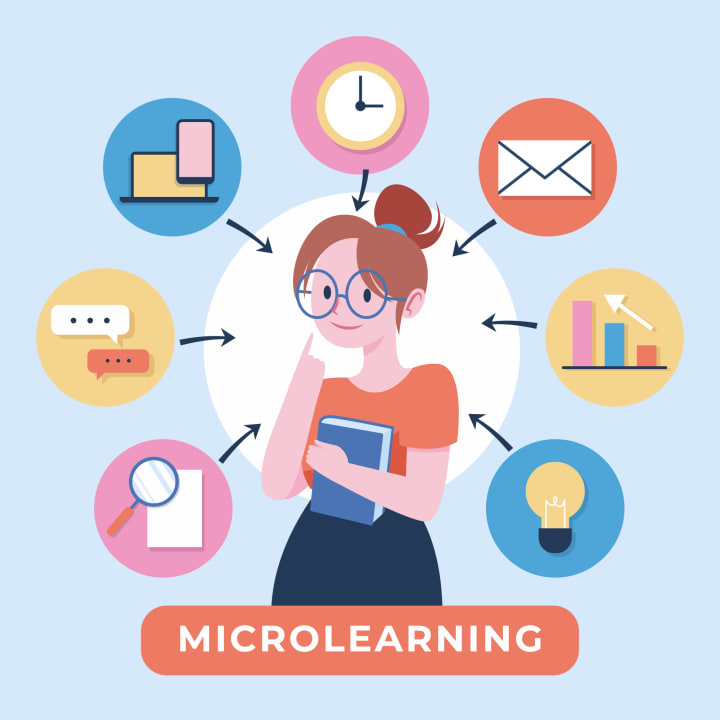How to Create Effective Micro-Learning Modules
A Step-by-Step Guide

Micro-learning is transforming the educational landscape by offering bite-sized, focused learning experiences that cater to the fast-paced lifestyles of modern learners. These short, targeted modules are designed to deliver concise and specific learning objectives, making them highly effective for knowledge retention and application. Here’s an in-depth look at how to create effective micro-learning modules.

What is Micro-Learning?
Micro-learning involves delivering educational content in small, manageable chunks, typically lasting between 3 to 10 minutes. These modules are designed to address a single learning objective, making them ideal for on-the-go learning and quick knowledge updates.
Benefits of Micro-Learning
- Enhanced Engagement: Short, focused modules keep learners engaged and prevent cognitive overload.
- Flexibility: Learners can access modules anytime, anywhere, fitting learning into their busy schedules.
- Improved Retention: Bite-sized content is easier to remember and apply, leading to better knowledge retention.
- Immediate Application: Learners can quickly apply what they’ve learned to real-world scenarios.
Step-by-Step Guide to Creating Effective Micro-Learning Modules
Step 1: Define Clear Learning Objectives
Importance of Clear Objectives
The success of a micro-learning module hinges on well-defined learning objectives. These objectives should be specific, measurable, and achievable within the short duration of the module.
How to Define Learning Objectives
- Identify the Key Takeaway: Focus on one specific skill or piece of knowledge.
- Use Action-Oriented Language: Use verbs like “identify,” “explain,” “demonstrate,” or “apply” to describe what learners will accomplish.
- Align with Larger Learning Goals: Ensure each micro-learning module fits into the broader learning path or curriculum.
Step 2: Design Engaging Content
Content Design Principles
The content should be engaging, relevant, and concise. It must capture the learner’s attention quickly and maintain interest throughout the module.
Tips for Designing Engaging Content
- Use Multimedia: Incorporate videos, infographics, and interactive elements to make the content visually appealing.
- Keep It Simple: Avoid overwhelming learners with too much information. Stick to the essentials.
- Include Real-World Examples: Use scenarios and examples that learners can relate to and apply in their context.
- Incorporate Interactivity: Add quizzes, polls, and interactive activities to encourage active participation.

Step 3: Leverage Effective Technology
Choosing the Right Tools
Technology plays a crucial role in delivering micro-learning modules effectively. Select tools and platforms that enhance the learning experience and make it accessible.
Key Considerations for Technology Implementation
- Mobile Compatibility: Ensure that modules are optimized for mobile devices, allowing learners to access content on the go.
- LMS Integration: Use a Learning Management System (LMS) that supports micro-learning and provides analytics to track progress.
- Interactive Tools: Incorporate tools that allow for interactive content, such as H5P for interactive videos or Articulate for e-learning design.
Step 4: Implement Spaced Repetition
Why Spaced Repetition Matters
Spaced repetition is a learning technique that involves reviewing content at increasing intervals. This approach helps in long-term retention of knowledge.
How to Implement Spaced Repetition
- Schedule Reviews: Plan follow-up modules or reminders to review key concepts periodically.
- Use Quizzes: Incorporate quizzes and flashcards to reinforce learning at spaced intervals.
- Send Reminders: Utilize push notifications or emails to prompt learners to revisit content.
Step 5: Evaluate and Iterate
Continuous Improvement
Evaluating the effectiveness of micro-learning modules is essential to ensure they meet learning objectives and engage learners effectively.
Steps to Evaluate and Iterate
- Collect Feedback: Use surveys and feedback forms to gather learner insights.
- Analyze Performance Data: Review quiz results, completion rates, and engagement metrics to identify areas for improvement.
- Make Iterative Changes: Based on feedback and data analysis, make necessary adjustments to content, format, and delivery methods.
- Pilot Testing: Conduct pilot tests with a small group of learners to identify potential issues before a full-scale rollout.

Conclusion
Creating effective micro-learning modules involves a meticulous process of defining clear objectives, designing engaging content, leveraging appropriate technology, implementing spaced repetition, and continuously evaluating and iterating. By focusing on these steps, educators and trainers can develop powerful micro-learning experiences that enhance knowledge retention and application, meeting the needs of modern learners. Embrace the power of micro-learning to deliver impactful, efficient, and flexible education in today’s fast-paced world.
About the Creator
Enjoyed the story? Support the Creator.
Subscribe for free to receive all their stories in your feed. You could also pledge your support or give them a one-off tip, letting them know you appreciate their work.





Comments
There are no comments for this story
Be the first to respond and start the conversation.